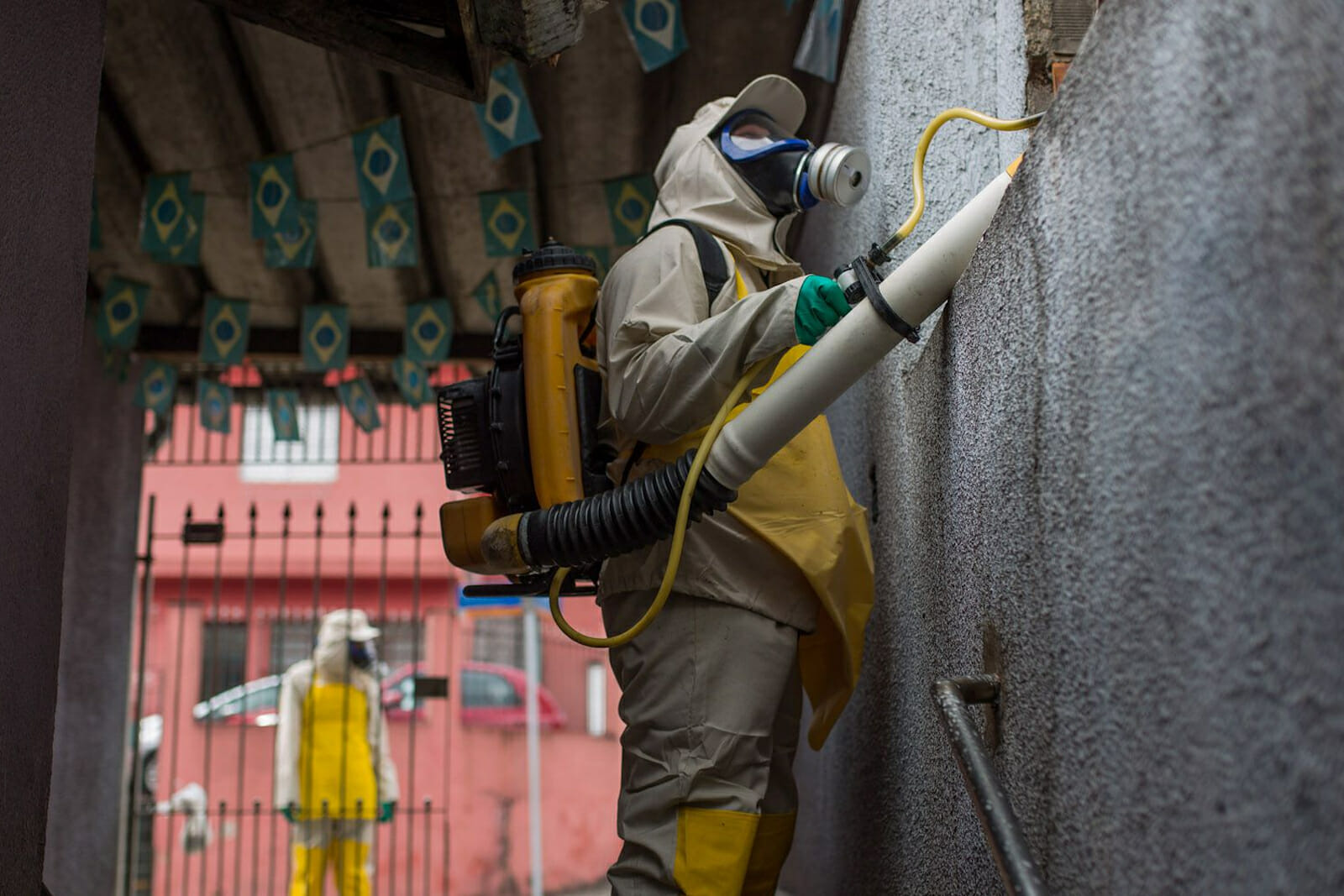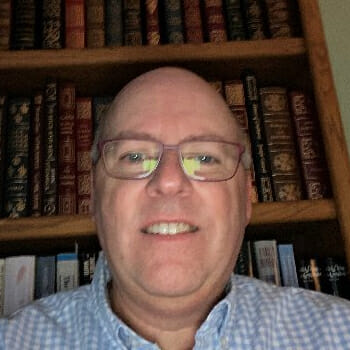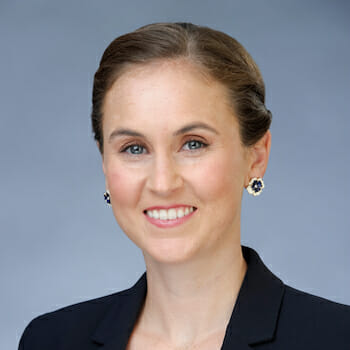
Health
How to Fix the WHO
The complex, if not outright unwieldy, regionalized structure and organization of the World Health Organization (WHO) leads directly to operational inefficiency, hamstringing the WHO in its mission as a world leader in medical standardization and emergency operations. Regionalization leaves the WHO vulnerable to local politics and pressure from both member states and private donors, as well as complicating command and control in emergency and crisis response. The obvious response to challenges presented by this structure is to discontinue the regionalized organization system, restructuring the WHO to a centralized bureaucracy, presumably headquartered in the WHO’s Geneva offices. We suggest that the next Director-General implement these organizational changes to enhance the effectiveness of the global health body.
A centralized reporting and operational structure would streamline the WHO’s ability to command and control its projects, from funding to operations, across the globe. Centralization would pull authority from regional offices to Geneva and align the WHO’s major efforts into separate mission-focused programs, each empowered to operate effectively across the globe. Regional offices would then be downgraded to liaison offices rather than semi-independent organizations. Currently, regional leaders discuss administrative concerns and budgets only annually. In addition to this limited coordination, the WHO’s current executive leadership has little authority to approve or disapprove decisions made by the regional directors during these meetings. Physical proximity would provide more regular coordination between regional directors and WHO headquarters, as well as between regions and operations programs and even between regions themselves, facilitating both operational effectiveness and quality and applicability of standards published by the WHO.
We expect, due to human nature, that current regional officers will fight stubbornly to maintain power at their level. In the same vein, as regional offices are now more accountable to local governments than to the WHO’s Director-General in Geneva, we expect powerful member states and donors accustomed to affecting local regional offices’ decisions to the decry loss of influence as decision-makers move out of their reach. In a practical drawback, centralization risks degrading regional office’s local knowledge, both cultural and historical. For example, knowledge of local burial customs would be vital in anticipating how strictly local populations might adhere to WHO guidelines on disposal of plague victims’ remains. Local cultural knowledge would also help guide the best method of disseminating emergency information in the first place. Unfortunately, we acknowledge that centralizing operations would result in a loss of some of this on-the-ground expertise.
However, centralization would arguably streamline command and control to be most effective in two fields: resource allocation (including funding), and crisis management and response. Currently, poorer parts of the world lack resources to achieve WHO standards, and the priorities of heavy donors can affect, if not outright shift, the priorities of the recipient. For example, if a donor gives tens of thousands of dollars to women’s clinics in a poor regional wing of the WHO, but stipulates that money fund neither abortion nor distribution of or education on contraceptives can severely influence a poorer region’s lines of effort to provide care. Collocating regional with central leadership would inhibit regional powers, private, non-state donors, and local governments from influencing funding allocation or operations, allowing the WHO to make clear resource decisions far removed from meddling states. A centralized budget linked to NGOs would provide funding flexibility to cover regional funding shortfalls, reducing reliance on private funding.
In 2015 Dr. Margaret Chan recognized that leaving crisis response in the hands of regional offices failed to coordinate the full power of the WHO in response to medical emergencies. The emergency program she created in response to the WHO’s recent operational failure may serve as a model on which to base further restructuring efforts: a top-down pipeline set to run from WHO headquarters to wherever the mission might arise. Similar programs for specific campaigns would saving time by centralizing agencies and officers with the NGOs which it would need to coordinate. For example, a pro-clean water NGO in this new structure could coordinate with program directors all located in in Geneva rather than six different regional offices (and six different operational and bureaucratic hurdles) in six different time zones. Modeled after the WHO’s Contingency Fund for Emergencies, centralized finances for this clean water campaign could evenly distribute funding across the world in concert with the NGO, rather than forcing that NGO to navigate clean water funds and at each regional office. In an emergency, NGOs could quickly assist regardless of which region the on-the-ground effort takes place thanks to readily available funding.
Centralization modeled on the existing emergency response system would improve the WHO’s successes both as a global normative authority and a leader in medical emergency response through streamlining funding, NGO coordination, and crisis response. The new Director-General should take on his or her new role with an eye to restructuring to meet the demands of the 21st century.


